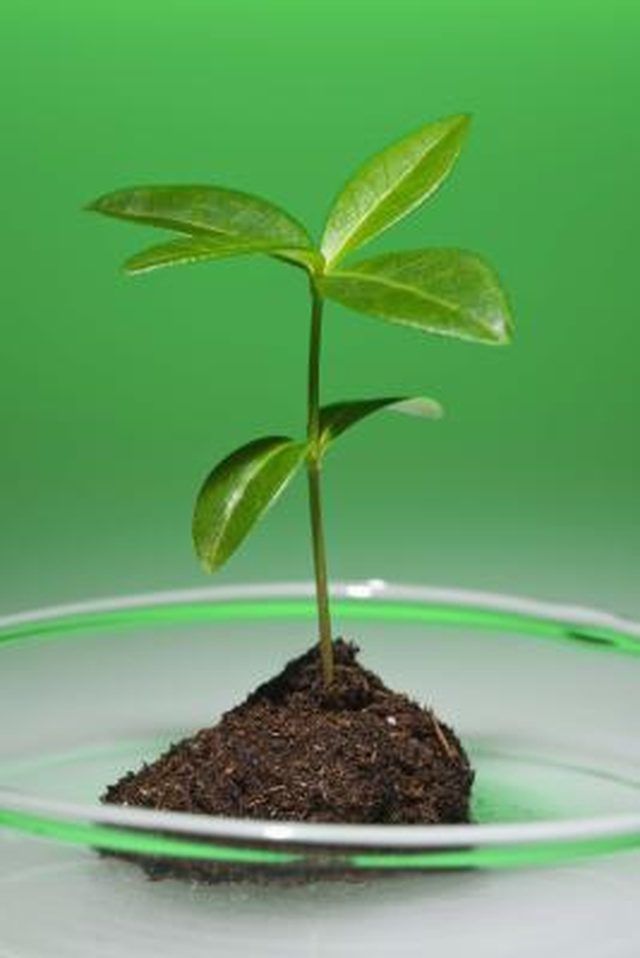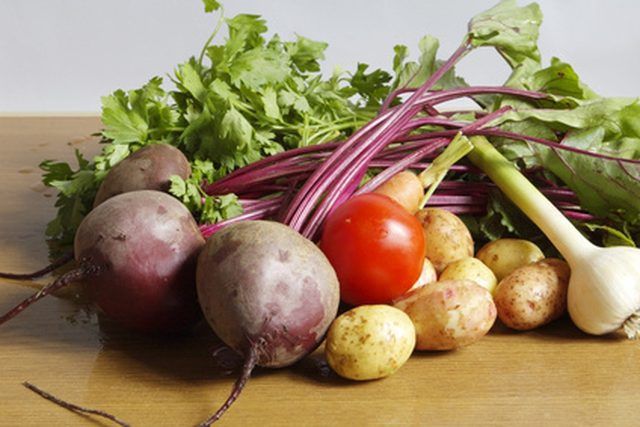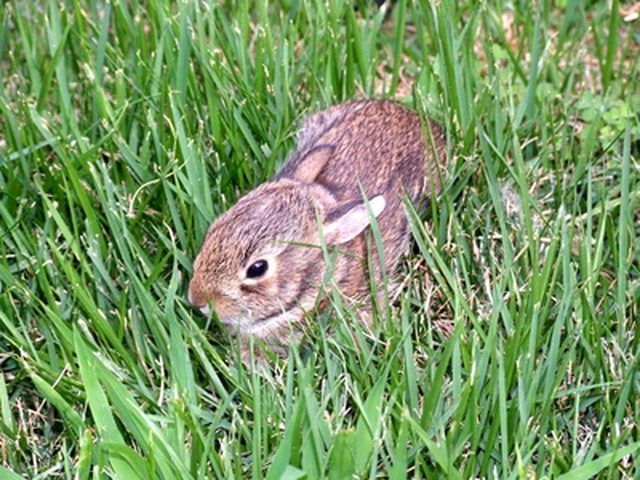Bulbs
Flower Basics
Flower Beds & Specialty Gardens
Flower Garden
Garden Furniture
Garden Gnomes
Garden Seeds
Garden Sheds
Garden Statues
Garden Tools & Supplies
Gardening Basics
Green & Organic
Groundcovers & Vines
Growing Annuals
Growing Basil
Growing Beans
Growing Berries
Growing Blueberries
Growing Cactus
Growing Corn
Growing Cotton
Growing Edibles
Growing Flowers
Growing Garlic
Growing Grapes
Growing Grass
Growing Herbs
Growing Jasmine
Growing Mint
Growing Mushrooms
Orchids
Growing Peanuts
Growing Perennials
Growing Plants
Growing Rosemary
Growing Roses
Growing Strawberries
Growing Sunflowers
Growing Thyme
Growing Tomatoes
Growing Tulips
Growing Vegetables
Herb Basics
Herb Garden
Indoor Growing
Landscaping Basics
Landscaping Patios
Landscaping Plants
Landscaping Shrubs
Landscaping Trees
Landscaping Walks & Pathways
Lawn Basics
Lawn Maintenance
Lawn Mowers
Lawn Ornaments
Lawn Planting
Lawn Tools
Outdoor Growing
Overall Landscape Planning
Pests, Weeds & Problems
Plant Basics
Rock Garden
Rose Garden
Shrubs
Soil
Specialty Gardens
Trees
Vegetable Garden
Yard Maintenance
How Does Photosynthesis Help the Plant?
How Does Photosynthesis Help the Plant?. A baby plant uses energy stored in the seed to grow. Once the energy from the seed is all used up, the plant must create its own energy. It uses photosynthesis to trap some of the sun's energy to make sugar from carbon dioxide and water.

A baby plant uses energy stored in the seed to grow. Once the energy from the seed is all used up, the plant must create its own energy. It uses photosynthesis to trap some of the sun's energy to make sugar from carbon dioxide and water.
The Photosynthetic Reaction
Only plants with green leaves are capable of photosynthesis because they contain chlorophyll, a pigment that captures the necessary sunlight to split water into hydrogen and oxygen. Oxygen is released to the environment. The hydrogen combines with carbon dioxide to make a simple sugar molecule, glucose. Thus, light energy is now stored in the form of glucose.
Glucose and Sugars
Glucose is used directly as an energy source for many reactions in the plant cell. Glucose is also converted to other sugars such as sucrose for transport throughout the plant, where it can be used as needed. For example, glucose is stored as starch in seeds. Chains of glucose molecules make up cellulose, the primary structural element of plant cell walls.

Other Building Blocks
Glucose is also converted to the building blocks for proteins and fats, all necessary for making plants grow. Since animals depend on plants for food, photosynthesis is the reaction that not only sustains a plant's life but also life on this planet.
